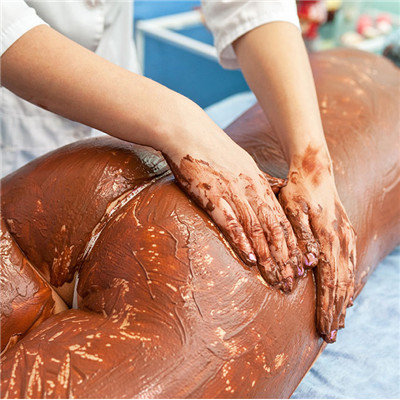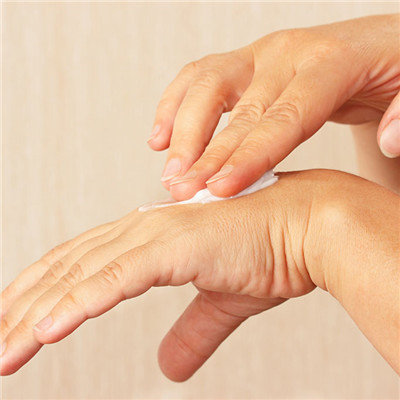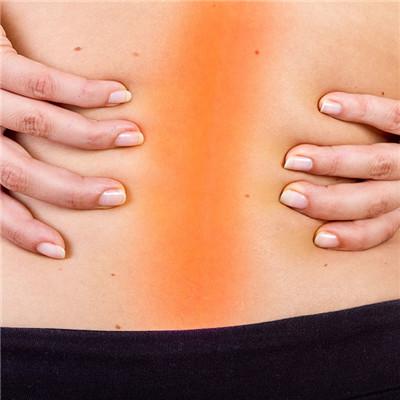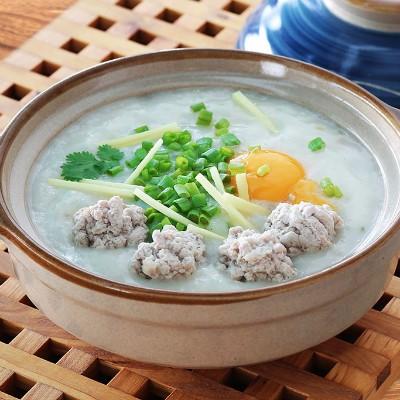Fungal skin disease symptoms?
summary
The main pathogenic bacteria of fungal dermatosis are dermatophytes, including tinea lutea, Trichophyton leukopliae, Trichophyton rubrum, Trichophyton gypseum, Trichophyton verrucosa, Microsporum, etc. Fungi like warm and humid environment, when the human skin has suitable conditions for the growth and reproduction of fungi, it is prone to tinea. Fungal skin disease symptoms? Let's talk about it
Fungal skin disease symptoms?
Tinea capitis an infection of the scalp, hair and hair follicles caused by dermatophytes. It can be divided into tinea flavum, tinea alba and tinea nigra. Tinea flava is commonly known as "alopecia" and "mangy dysentery". The skin lesions are characterized by disk-shaped tinea flava scab with rat odor, which is easy to form permanent hair loss. The lesions of tinea albuginea are round or irregular, with gray scale spots. The root of the disease is surrounded by white bacterial sheath, which is easy to break. Black spot tinea can be seen on the scalp with punctate inflammatory scaly patches and slight itching; Some patients may have focal permanent alopecia.

Tinea manus and pedis is characterized by desquamation, pruritus, erosion of the skin between fingers (toes) and palms (plantars) and local redness, swelling and pain caused by secondary bacterial infection. Tinea cruris is usually caused by tinea pedis or tinea manus. The lesions are irregular or arc-shaped, with lichen like changes or acute and subacute eczema like changes, which are easily complicated with bacterial infection; The patient felt severe pruritus. Tinea corporis rash is erythema or papule at the beginning, and then spread to all sides to form a ring, some produce new rash, and constantly spread out to form a concentric ring, with itching feeling, which can be complicated with bacterial infection.

Such as the occurrence of fungal skin disease in the nail, commonly known as "manicure", manifesting abnormal color and shape of the nail. Eczematoid tinea is characterized by scattered or clustered deep blisters on both palms and finger abdomen. The blister wall is not easy to break, and the patient feels itchy. Summer sweating, caused by tinea versicolor fungus tinea versicolor, also known as "sweat spots", skin lesions for the rash, the surface with a trace of chaff like scales. However, some scholars believe that tinea versicolor does not belong to the category of fungi.

matters needing attention
1. Strengthen health publicity and education. 2. Pay attention to personal hygiene and keep skin clean and dry. 3. When family members or pets have tinea, they should actively treat and disinfect the contaminated clothes. 4. Diabetic patients are prone to tinea, so skin protection should be strengthened.
















